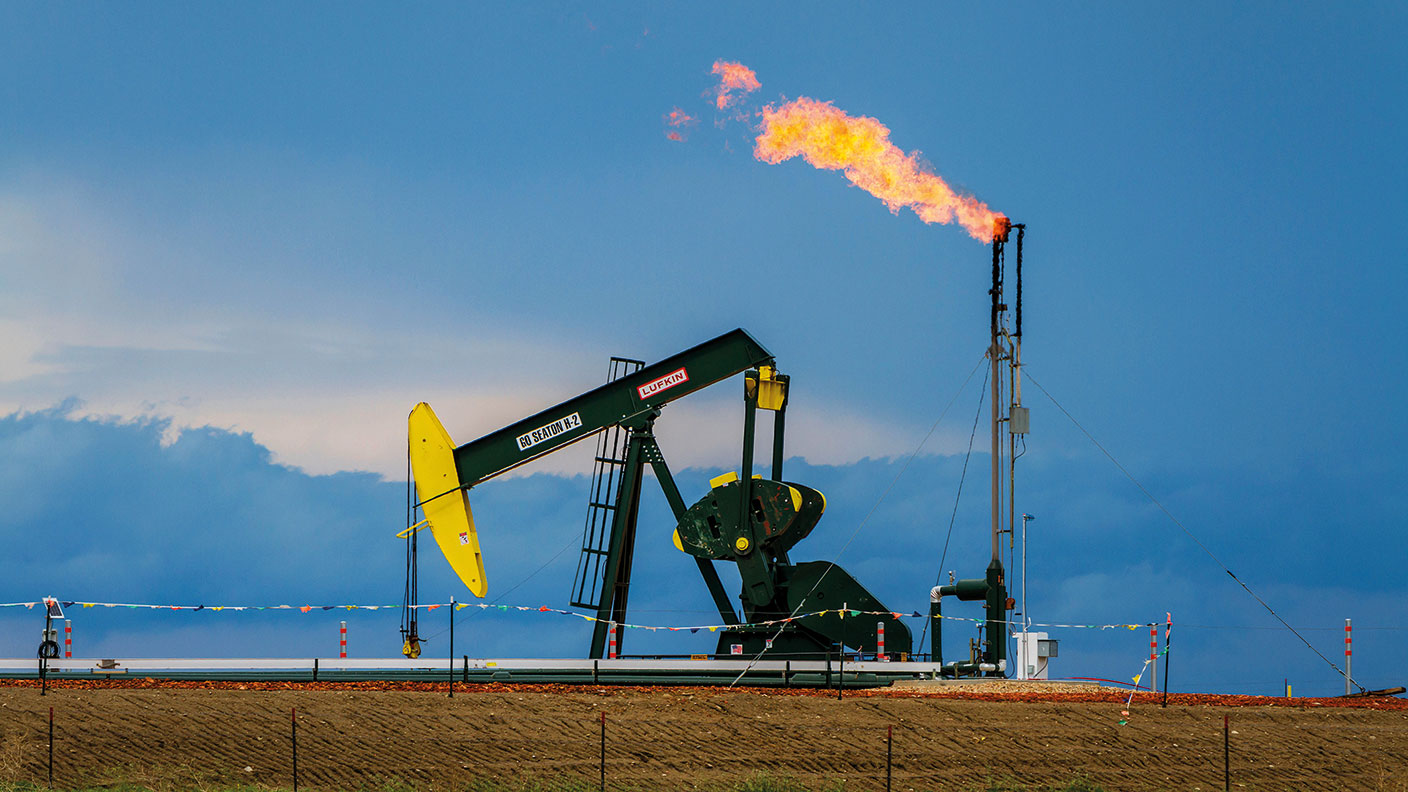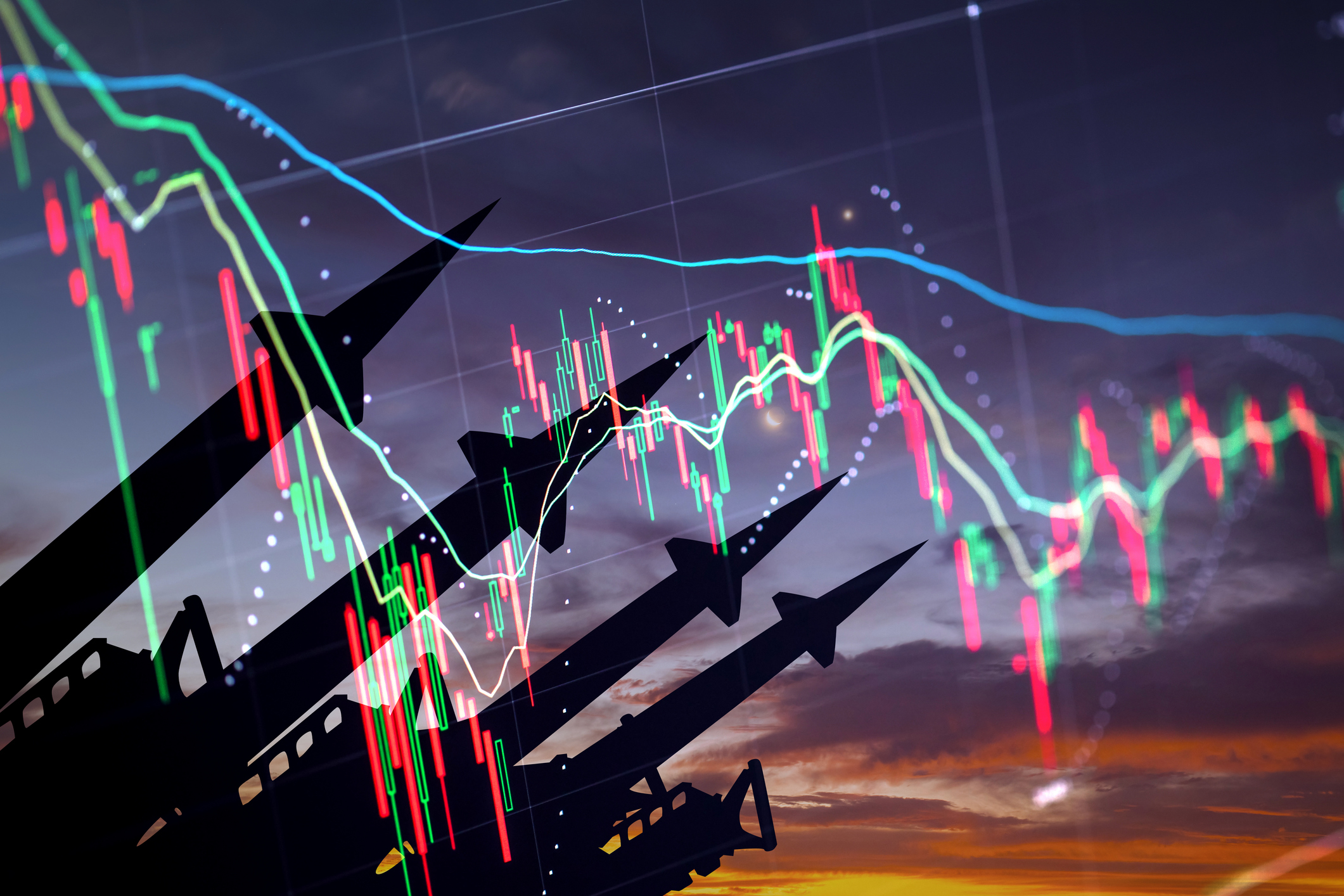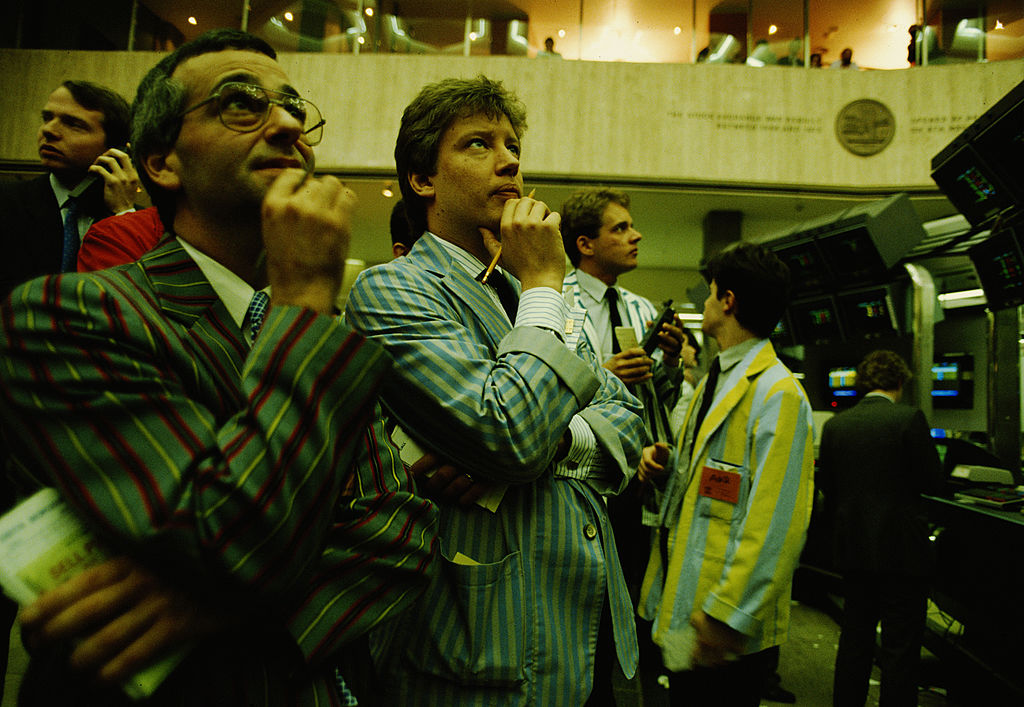The oil-price rebound has stalled
The post-lockdown rally in the oil price has now stalled, with prices down by 6% since the beginning of September

Are we heading for another oil-price slump? Benchmark Brent crude futures plunged to an 18-year low of around $19 a barrel in April, while US oil futures briefly went negative. Prices have since climbed out of the lockdown hole, with Brent trading around $45 a barrel over the summer. Yet the rally has now stalled, with prices down by 6% since 1 September to about $42.50 a barrel.
Global demand for oil is wobbly. A second wave of Covid-19 will see more people working from home, while lapsing government support programmes make for a shakier outlook for consumption and global trade. Global crude oil demand was roughly 100 million barrels per day (mbpd) in 2019, but is likely to be closer to 90 mbpd this year, according to forecasts by oil-exporters’ cartel Opec. In Japan, the world’s fourth-biggest crude importer, imports fell by more than 25% on the year in August, says Bozorgmehr Sharafedin in Reuters.
Bulls are looking to the supply side. The price crash has battered US shale oil, says Myles McCormick in the Financial Times. Upstream energy firms with a combined $85bn of debt have filed for bankruptcy protection over the last eight months. Many investors are “fed up” with the unprofitable sector and won’t bankroll further losses. US oil output peaked at 13 mbpd at the start of this year, but is currently below 11 mbpd says the Energy Information Administration.
MoneyWeek
Subscribe to MoneyWeek today and get your first six magazine issues absolutely FREE

Sign up to Money Morning
Don't miss the latest investment and personal finances news, market analysis, plus money-saving tips with our free twice-daily newsletter
Don't miss the latest investment and personal finances news, market analysis, plus money-saving tips with our free twice-daily newsletter
Oil-Price War Two?
Yet reduced output will only gradually make a dent in the world’s swollen stockpiles. Countries such as China used the April price crash as an opportunity to fill up the national tank at a bargain price. Global inventories remain above historic levels and “spare capacity” in the supply chain is “at the highest levels in 25 years”, says Steve Goldstein in Barron’s.
April’s oil-price crash was triggered by a Saudi-Russian “price war”. Unable to agree on how to manage slumping demand amid the first wave of lockdowns, the two sides resorted to flooding the market with crude in an all-out effort to win market share.
After the price war, however, Opec+, a grouping led by Saudi Arabia and Russia, got its act together, cutting collective output by 9.7 mbpd in April compared with 2018 output levels. That move stabilised the market. Those cuts are being reduced, but still stand at 7.7 mbpd. Could we be in for a repeat performance? Riyadh and Moscow are split over how to manage the latest demand hit, says Julian Lee on Bloomberg. Russia prefers to wait and see, but the Saudis have called for a more “proactive and preemptive” approach that favours new cuts to keep prices buoyant. This is all strikingly similar to what happened in March. Don’t rule out “another showdown before the end of the year”.
Get the latest financial news, insights and expert analysis from our award-winning MoneyWeek team, to help you understand what really matters when it comes to your finances.
Alex is an investment writer who has been contributing to MoneyWeek since 2015. He has been the magazine’s markets editor since 2019.
Alex has a passion for demystifying the often arcane world of finance for a general readership. While financial media tends to focus compulsively on the latest trend, the best opportunities can lie forgotten elsewhere.
He is especially interested in European equities – where his fluent French helps him to cover the continent’s largest bourse – and emerging markets, where his experience living in Beijing, and conversational Chinese, prove useful.
Hailing from Leeds, he studied Philosophy, Politics and Economics at the University of Oxford. He also holds a Master of Public Health from the University of Manchester.
-
 MoneyWeek news quiz: How much can you win in Premium Bonds?
MoneyWeek news quiz: How much can you win in Premium Bonds?Quiz Premium Bonds, ChatGPT, and the start of the festive season all made headlines this week. How closely were you following the news?
-
 Salary sacrifice pensions cap: 3.3 million workers to be hit by contribution limits
Salary sacrifice pensions cap: 3.3 million workers to be hit by contribution limitsThe government has revealed further details of its controversial cap on pension contributions through salary sacrifice. Here is how the changes could affect you
-
 Big Short investor Michael Burry closes hedge fund Scion Capital
Big Short investor Michael Burry closes hedge fund Scion CapitalProfile Michael Burry rightly bet against the US mortgage market before the 2008 crisis. Now he is worried about the AI boom
-
 The global defence boom has moved beyond Europe – here’s how to profit
The global defence boom has moved beyond Europe – here’s how to profitOpinion Tom Bailey, head of research for the Future of Defence Indo-Pac ex-China UCITS ETF, picks three defence stocks where he'd put his money
-
 Profit from a return to the office with Workspace
Profit from a return to the office with WorkspaceWorkspace is an unloved play on the real estate investment trust sector as demand for flexible office space rises
-
 New frontiers: the future of cybersecurity and how to invest
New frontiers: the future of cybersecurity and how to investMatthew Partridge reviews the key trends in the cybersecurity sector and how to profit
-
 An “existential crisis” for investment trusts? We’ve heard it all before in the 70s
An “existential crisis” for investment trusts? We’ve heard it all before in the 70sOpinion Those fearing for the future of investment trusts should remember what happened 50 years ago, says Max King
-
 8 of the best properties for sale with wildlife ponds
8 of the best properties for sale with wildlife pondsThe best properties for sale with wildlife ponds – from a 16th-century house in the Ashdown Forest, to a property on Pembrokeshire’s Preseli Hills
-
 Why a copper crunch is looming
Why a copper crunch is loomingMiners are not investing in new copper supply despite rising demand from electrification of the economy, says Cris Sholto Heaton
-
 Where to look for Christmas gifts for collectors
Where to look for Christmas gifts for collectors“Buy now” marketplaces are rich hunting grounds when it comes to buying Christmas gifts for collectors, says Chris Carter